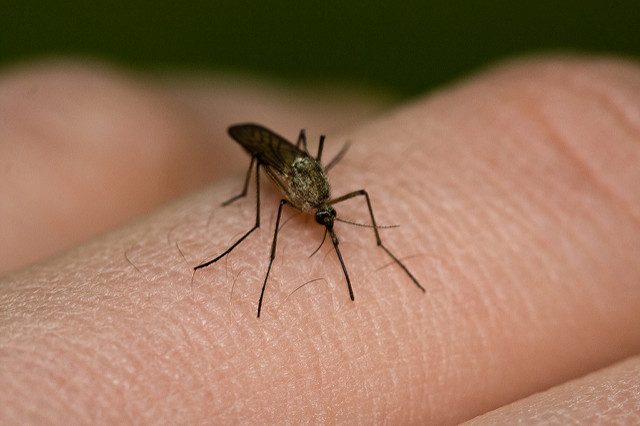The Zika virus outbreak that dominated much of the Miami-Dade County since the summer of 2016, has raised concerns for citizens in Florida, Puerto Rico, and other parts of the United States. Zika is carried in mosquitoes, specifically, the Aedes aegypti. The virus is most commonly transmitted through mosquito bites. Once a person has the virus, they can spread it to others through sexual contact. The impact of the virus has spread throughout Puerto Rico. Concerned government officials and citizens are seeking solutions for the recent onset of U.S. outbreaks, including Florida.
The Zika virus was first identified in Uganda in 1947, through animal experiments linked to yellow fever. Then it was identified in humans in 1952. Outbreaks of the virus have continued since the 1960s, on various continents, including Africa, the Pacific, and America. On Sept. 6, the Senate issued a refusal to pass a bill issuing further Zika virus study and prevention. This makes the third time the bill has not been passed by the government, due to Democratic refusal.
Two chemicals have been used to rid the Zika virus. One called BTI, which is an organic-friendly chemical that is not threatening to humans. Concerns have been raised about the second chemical being used, Naled, as its toxicity destroys everything in its environment. It has been proven harmful to other animal life, such as bees and has a negative effect on pregnant women. It has been known to cause birth defects in newborns. The European Union has banned the use of Naled. Puerto Rico, where the Zika virus is known to have spread, has protested its use. Florida Governor Rick Scott has insisted on spraying BTI, much to the opposition of the Miami community.
New evidence from Science Daily reports the ongoing spread of the Zika virus can be linked to the shedding of human tears. Lab experiments on rats showcased their eyes infected with the virus. The symptoms of the Zika virus include a rash, joint pain, and the redness of the eyes for up to a week. Scientists concluded that although the virus was not contained inside of the rat tears the effect may be different in humans, believe there is the possibility of spreading the virus through tear contact.
There is still not a known cure for the Zika virus, which is why there might be hope for Congress to further investigate information on how to prevent the virus from continuing to spread. The feud caused between the Democrats blocking the bill and the Republicans trying to refute it has caused further prolonging for any progression toward a solution for prevention of the virus.
Democrats are unwilling to pass the bill for Zika virus infection control due to budgets being cut for Planned Parenthood and gun control. On June 22, Republicans made a solitary decision to pass the bill without Democratic consent, infusing rage on both sides. The release of the bill lies in the hands of Senator Majority Leader Mitch McConnell.
Democratic Senator Bill Nelson, of Florida, said he is willing to cut budgets, if necessary, as long as something is done to prevent the virus from spreading. Lawmakers and congressional staff are persistent in their fight to make sure funding for the Zika virus is included in a budget compromise for resolution. During the congressional upheaval, there are ways for people to take caution from attaining the virus, in the meantime.
Science Daily states the Zika virus is “usually mild,” and lasts temporarily, up to a week. While no vaccine is available, prevention includes the use of mosquito repellent, remaining fully-clothed outdoors, and having protected sex. If contaminated with the Zika virus, one should stay hydrated with fluids and get plenty of rest.
By Andrea Lopez
Sources:
ScienceDaily: Zika virus may persist in eyes: Disease may spread from infected eyes
CBS NEWS: Miami Beach wary of spraying Zika chemical that can “essentially kill anything”
The Charlotte Observer: Senate’s 3rd failure to pass Zika-funding bill may have silver lining
World Health Organization: Zika virus
Image Courtesy of Steve Begin’s Flickr Page – Creative Commons License





![Color Blindness Upgraded With Color-Correction Glasses [Interview]](https://futurepreviews.com/wp-content/uploads/2017/02/Color-Blindness-Upgraded-With-Color-Correction-Glasses-Interview-500x383.jpg)


